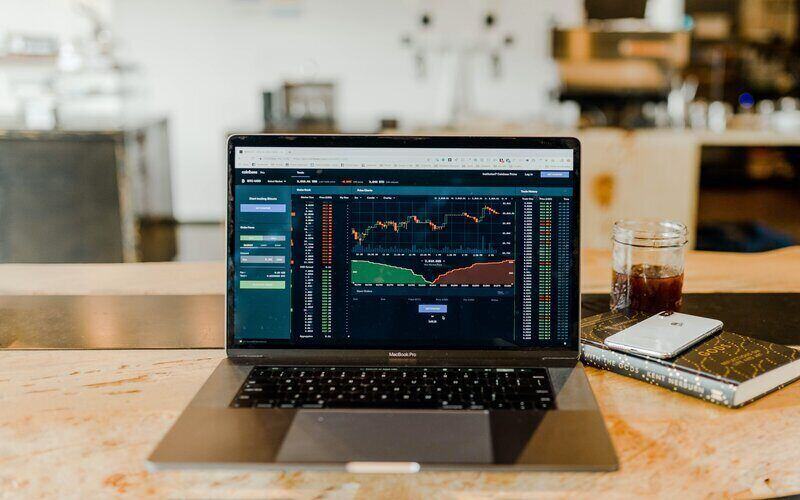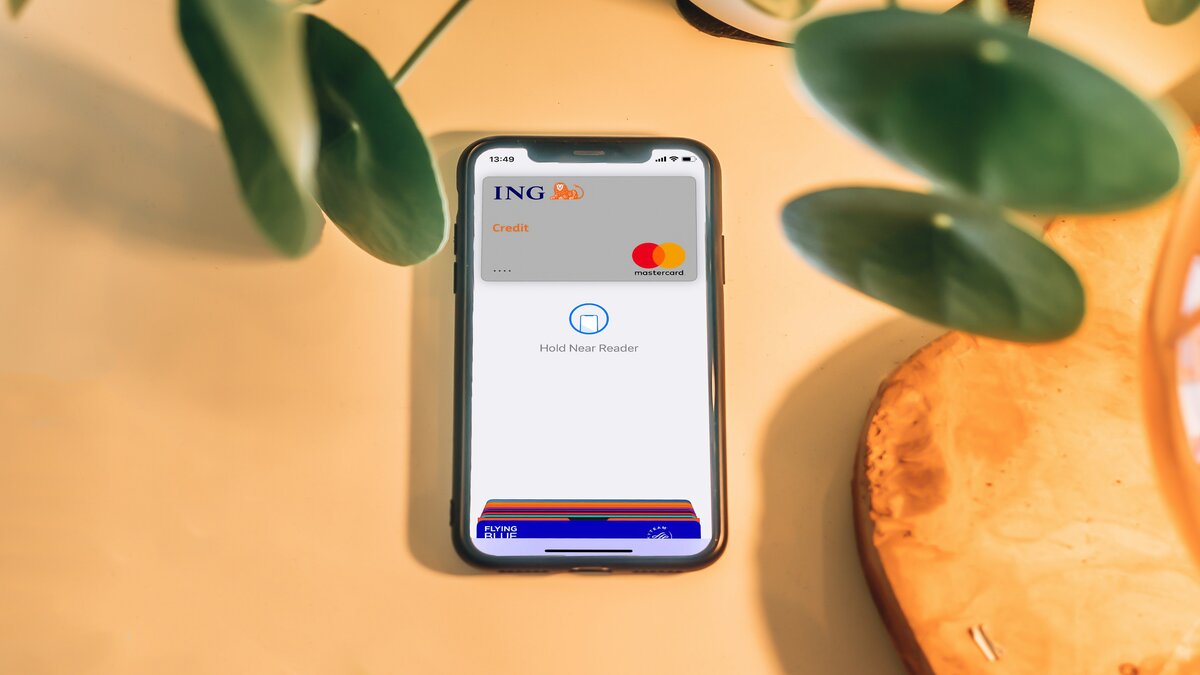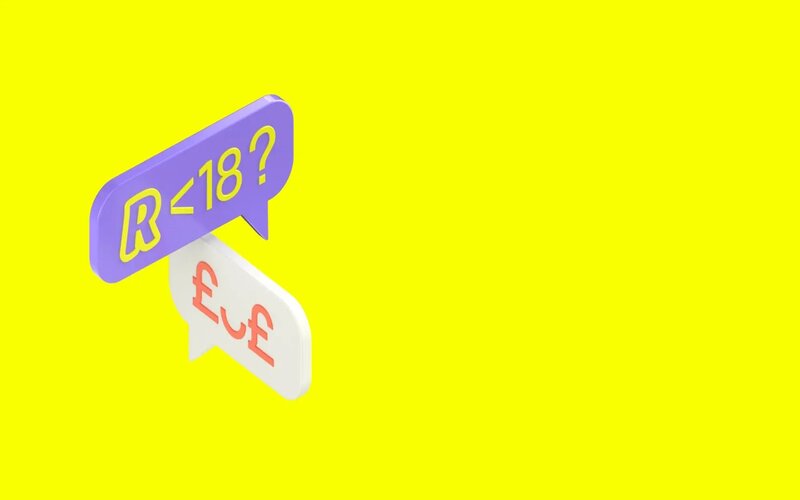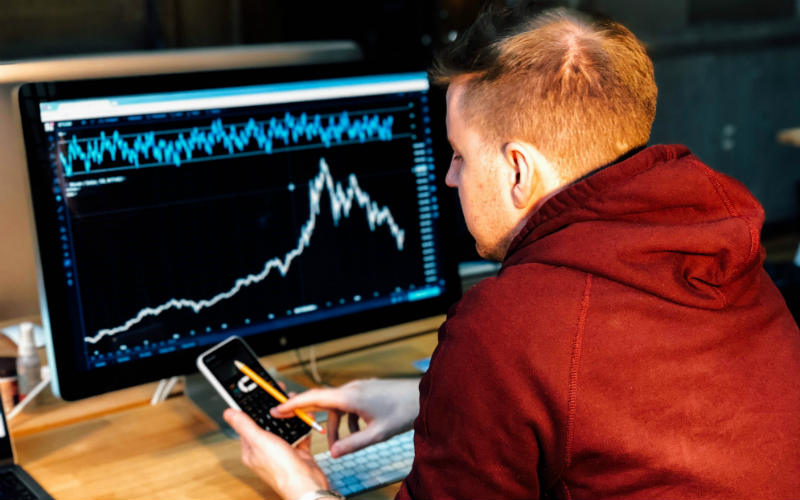There’s a mountain of lingo one should understand before delving into the rewarding (but risky) world of share trading. But that doesn’t mean knowing your ‘bonds’ from your ‘dividends’ has to be difficult.
We’ve created this resource for investing hopefuls looking to start their journey on the ASX, NASDAQ, or anywhere in between – without any ‘finance bro’ talk.
What is the stock market?
What better place to start than the stock market itself?
The stock market, often called the share market or stock exchange, is simply a ‘market’ in which people can trade pieces of companies (called shares or stocks) for money.
In Australia, the stock market typically refers to the Australian Securities Exchange (ASX). There are more than 2,200 companies listed on the ASX. Other popular markets include the NASDAQ and the New York Stock Exchange (NYSE).
To trade on the stock market, you’ll have to use a trading platform or a broker. For the most part, the minimum amount a person can trade in a single transaction is $500 and trades often incur a fee.
When you buy on the stock market, you essentially bid against other investors for a share that’s been put up for sale by its owner. That’s why the prices of shares (share prices, if you will) often fluctuate.
What is a stock, share, or security?
Stocks, shares, or securities – we’re all talking about the same thing. They all represent a portion of a listed company.
For example, Woolworths is listed on the ASX and, right now, there are more than 1.2 billion Woolies shares out there. So if you own one share, you own less than a billionth of the supermarket operator.
If the company grows in the future, so will the value of your stake. At least, that’s the idea.
Investing can, and often does, go awry. When the value of a company falls, its investors can lose everything they put in.
What are bonds?
Bonds are typically issued by companies or governments that want to raise money. Think of them like crowdsourced loans.
If you buy a company’s bonds, the money you pay will generally go to the company to spend on whatever it wishes. But it's not simply free cash, the company will typically give it back to you in the future. In the meantime, it will pay you – its lender – what is essentially interest.
Bonds can be traded just like shares and their value is generally less prone to notable jumps and falls. Whoever is holding the bond at the time a company or government promised to give the loaned money back can expect to receive the cash.
What are dividends?
Many of the companies listed on the ASX and other exchanges pay dividends. Dividends are essentially a portion of a company’s profit that’s not being reinvested into the business.
Like any other business, unused profits tend to go to the owners. In the case of listed companies, those owners are shareholders.
The amount an investor receives in dividends will somewhat depend on how many shares they own.
For instance, Woolworths paid a 46-cent per share dividend in April. If you held 10 shares, you’d probably have received a total of $4.60 of its profits.
What are franking credits?
Like most other income sources, you have to pay tax on the dividends you receive. However, if those dividends come with franking credits, you won’t be taxed as much as your usual income. Franking credits are essentially a tax credit.
Dividends typically come from a company’s profits, and that company often already paid income tax on that money.
To avoid taxing the same dollar twice, an investor who receives the already-taxed cash can declare both the franking credits and dividends when they submit their tax return.
Investors that pay no income tax (e.g. pensioners) or have a marginal tax rate under the company tax rate of 30% can receive their franking credits as a tax refund.
What is market capitalisation?
A company’s market capitalisation indicates how much it’s worth. It’s calculated by multiplying the number of shares a company has on issue with how much those shares are worth.
For example, Woolworths' shares each trade for $38.43 at the time of writing.
- Woolworths' market capitalisation = 1,218,702,058 x 38.43
Thus, Woolies is worth around $46.8 billion.
What are ETFs?
An exchange traded fund (ETF) is a curated ‘basket’ of shares that investors can buy a piece of just like they would an individual share. Like any investment product, there are pros and cons to buying ETFs.
Pros include:
- Simplicity – an ETF investor can realise instant diversification without having to research many individual stocks
- Price – buying an ETF can give a person exposure to multiple shares in one single trade
- Choice – there are more than 200 ETFs listed on the ASX. Many are focused on particular industries, stock exchanges, or indices, and some are even built on themes like decarbonisation or battery technology
Some of the cons of investing in ETFs include:
- Fees – While fees on ETFs are generally less than those for funds with active managers who charge for their efforts, ETF fees are still worth keeping in mind. Those fees are typically taken from your balance in the fund, thereby reducing your returns
- Risks – it's hard for an investor to be across all the assets held by a fund and, thus, they might not fully understand all the risks involved with investing in an ETF
What are indices and index funds?
Think of an index (plural: indices) as a list of stocks grouped together for the purpose of averaging out their price movements.
For instance, if you’re watching the financial segment of the evening news, you’ll likely hear about what the ASX 200 and the All Ordinaries Index did today. Both indices are designed to represent a certain segment of the ASX and are often referenced as ‘the market’ despite only being a small portion of it.
The ASX 200 aims to represent the market’s 200 biggest companies while the All Ordinaries Index is meant to represent the biggest 500. Other indices include the ASX 100, ASX 300, and the All Technology Index.
An index fund, on the other hand, is a fund designed to track a particular index. They can be traded like a share or ETF.
What are sectors?
Sectors are another way to group stocks, this time by the industries they operate in. There are 11 sectors that make up the ASX 200.
The three largest are the financial sector – home to the big banks, the materials sector – housing mining companies like BHP and Rio Tinto, and the healthcare sector – where, you guessed it, healthcare companies are found.
The eight remaining sectors making up the ASX 200 are industrials, consumer discretionary, real estate, energy, consumer staples, communication services, information technology, and utilities.
What is a bear or bull market?
Avid financial news watchers have likely also come across the terms bull market and bear market. They both refer to a typically long-term market or index trend.
If a market or index has, on average, been going up more than it's been going down for a while, we might find ourselves in a bull market.
On the other hand, if it's been falling more often than it's been gaining for some time, we might be in or nearing a bear market.
As a non-official rule, a gain or fall of more than 20% from a recent peak or trough is considered the start of a bull or bear market.
What is an IPO?
An initial public offering (IPO) happens before a company is listed on the stock market and made available for public trade.
It sees a company selling shares to select investors (normally those with a certain amount of cash to spend). Those shares can then be traded when it eventually hits the market.
A company will issue a certain amount of shares for a set price as part of its IPO.
What is supply and demand on the stock market?
Supply and demand is pretty much the same on the market as it is anywhere else.
If there are more buyers for a company’s shares than there are shares for sale, the price will likely increase due to demand as investors bid against each other.
On the other hand, if there are more shares for sale than buyers, the price will likely go down due to oversupply.
What is volatility?
When someone talks about volatility on the stock market, they’re probably referring to rapid lifts and falls in the prices of shares, funds, or indices.
The price of assets traded on the stock market can move by the second, and sometimes in a big way. When they do, they might be being ‘volatile’.
Shares are one of the more volatile asset classes commonly held by Australians. If you’re thinking of buying stocks, you probably want to make sure you can withstand a bit of volatility without panicking.
What is diversification and risk reduction?
As mentioned prior, investing can be risky. There’s no guarantee that you’ll gain wealth through investing and there is a chance you’ll lose some or all of your hard earned cash.
That’s why risk reduction is important. One way to reduce risk is to diversify your investments – essentially, choosing to not put all your eggs in one basket.
Every person’s investing journey and strategy is different. It can be helpful to get advice from an investing professional on how to reduce your individual risk.
What are earnings and earnings seasons?
Part of being a publicly traded company is revealing important news so the public can know how their investment is going. Companies that trade on the stock market often announce detailed reports on their profits or losses, called earnings reports, twice a year.
As many adhere to the Australian financial year (running from 1 July to 30 June), hundreds of companies end up releasing their earnings reports at around the same time.
These times are called earnings seasons, and are generally thought to be the months of February and August. If you’re a market nerd like me, it’s probably your favourite time of the year.
What is short selling?
Short selling, or shorting, means to bet against a stock. If you’re shorting a company’s shares, you’re hoping they fall in value. But it’s a bit more complicated than that. Here’s an example of how one could go about shorting a stock:
Let’s assume I think the share price of XYZ company is going to fall. I could ask my friend, Luke, if I could borrow his shares for a time. Luke owns 10 shares in XYZ and they’re trading for $100 each right now. He agrees to let me borrow them for six months.
When I get hold of them, I sell them on the stock market and pocket $1,000 straight away. Now, I wait until the end of my agreement with Luke.
If I’m lucky, the share price of XZY will fall. Let’s assume I’m right and it falls by 25%. Now, each share is trading for $75.
I take the $1,000 I pocketed at the beginning and use it to buy 10 XZY shares to give back to Luke. The extra $250? That’s mine to keep.
Of course, things aren’t always so simple. Typically, in the real world, only institutional and professional investors can ‘borrow’ shares from other institutional and professional investors. And for good reason.
Short selling is incredibly risky. Unlike investing in shares, short selling can see a person lose more than they invested in the first place if the price of a stock they’re shorting skyrockets.
Don’t be disgruntled if all this still sounds foreign.
The world of stock market investing can often feel like it has its own language, but with time, practice, and persistence, it can be an incredibly rewarding venture.
Image by Austin Distel on Unsplash



 Denise Raward
Denise Raward














